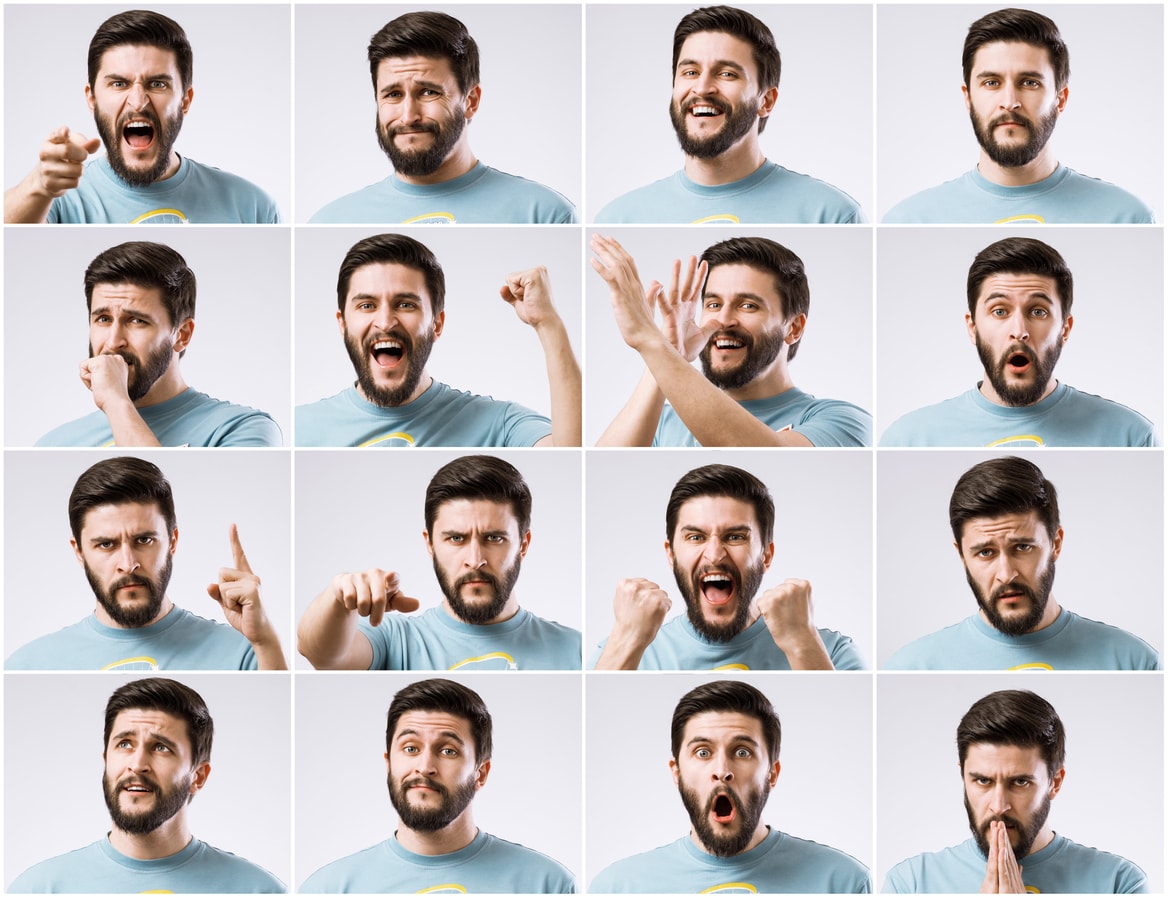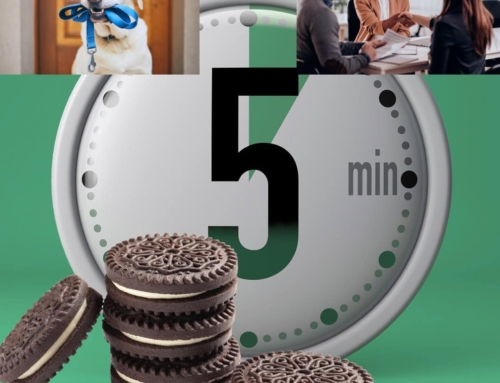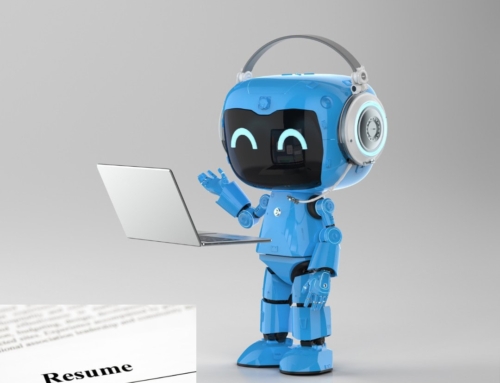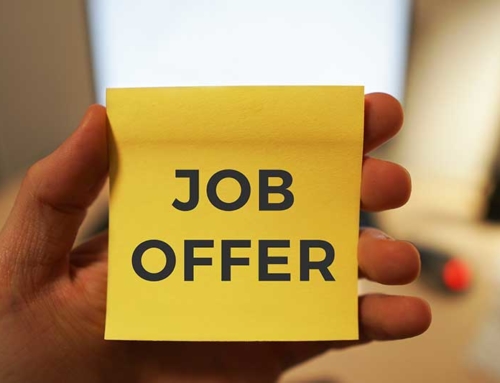Body language. This term has been around for a very long time, with experts discussing how we communicate without words. Our posture, hand gestures, even tone of voice are all part of our body language, and it can convey more about ourselves than the actual words we’re speaking.
The first point about using body language to your advantage during an interview is to be aware of it. Get in the habit of taking a conscious moment to assess your posture during the course of your day, so once you’re in an interview it’ll be second nature.
You can even practice with a partner or in the mirror, expressing different postures and faces, and guessing their unspoken messages. Notice how even the slightest change in your expression or posture can create changes in the message they convey.
People can tell a lot from a handshake. A vice grip isn’t necessary, and a limp, blah handshake is an immediate turn-off. A firm and friendly handshake gives a strong and confident first impression.
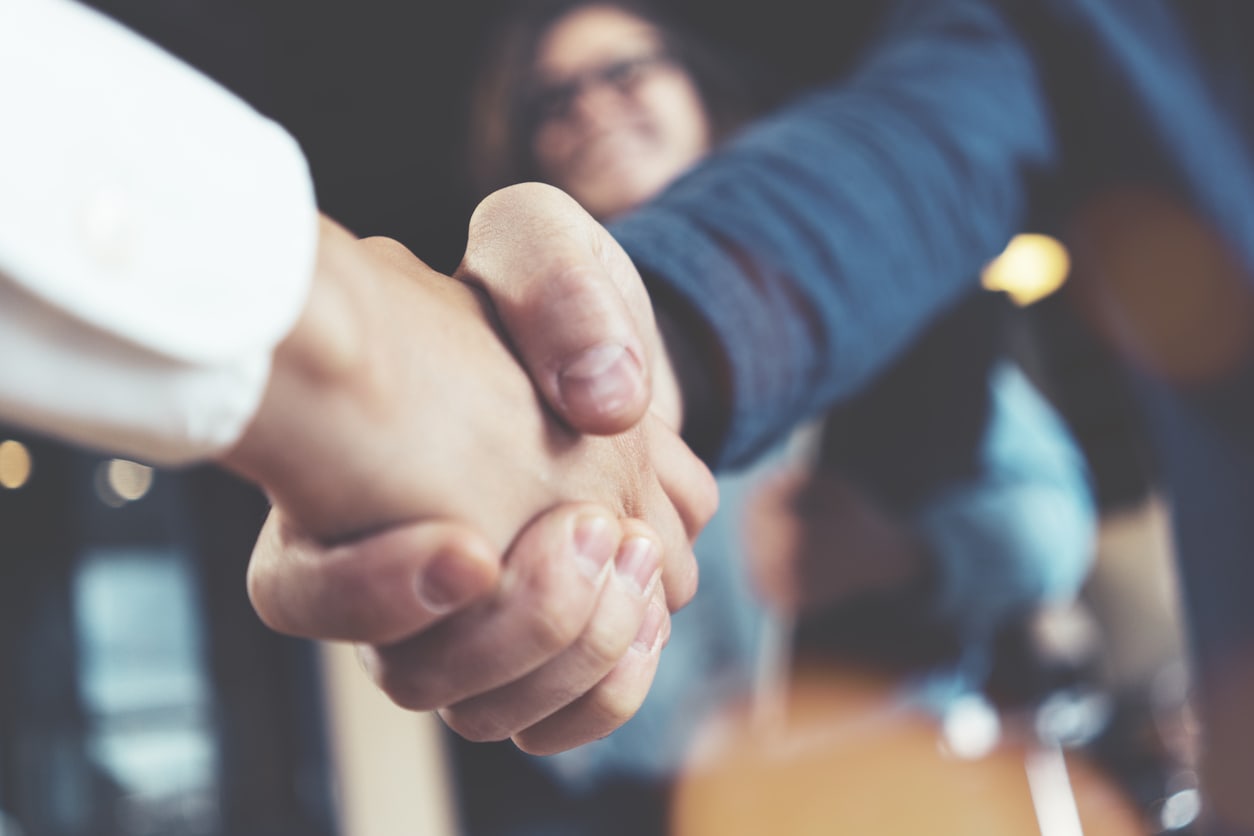
Your mother probably nagged you when you were a kid to sit up straight. Sorry to spring this on you, but she was right. Sit up comfortably (not like a tin soldier) in your seat, facing your interviewer. Slouching or lounging into the chair can convey a message of apathy, insecurity, or disinterest. It doesn’t hurt to lean in slightly when you’d like to show more interest in something the interviewer is saying, or to show enthusiasm in your own story. Slightly is the key word here.
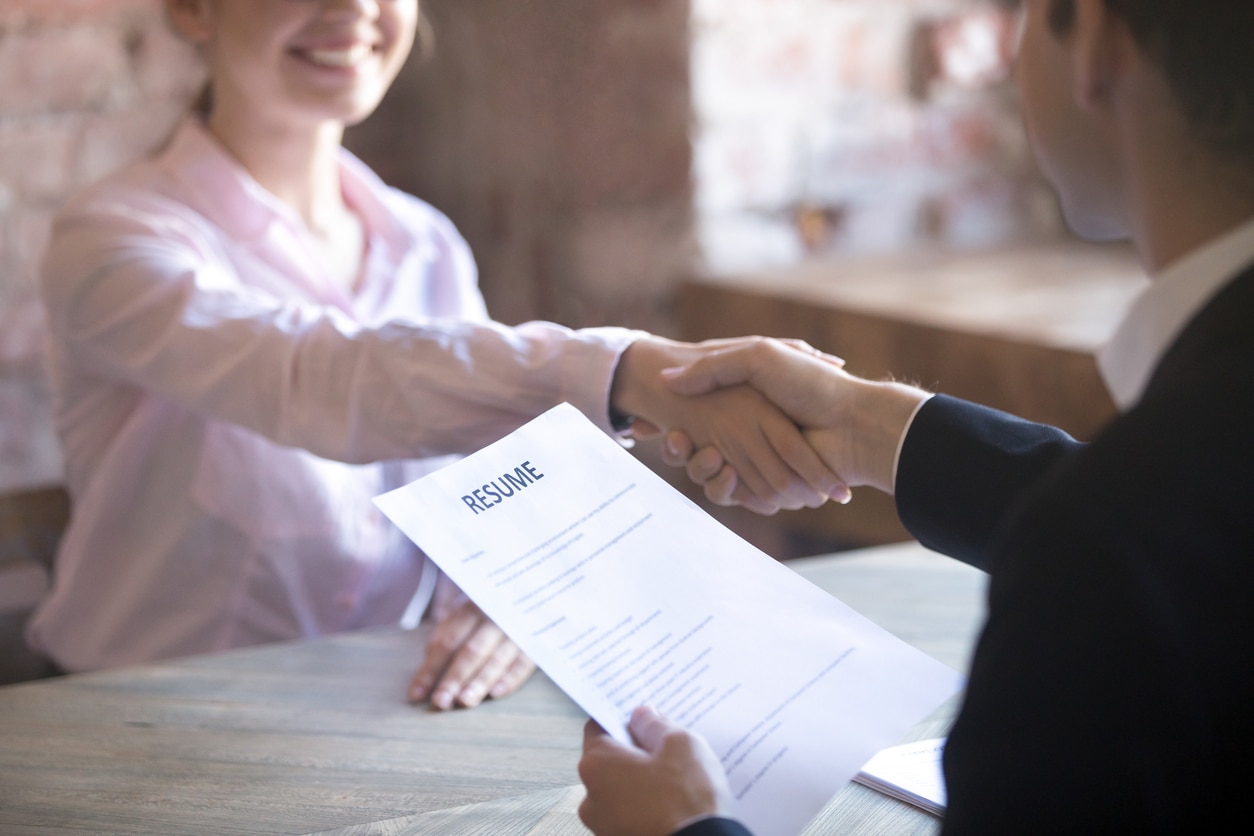
Maintain good eye contact with the interviewer…but remember to blink! Again, a good balance is important here. If your eyes are elsewhere it comes across as though your mind is too.
Keep your legs and arms uncrossed or you might give the impression that you’re guarded and hiding something. It can also make you appear somewhat combative and not open to suggestions or compromise. It’s good to keep your hands relaxed, perhaps together, on your lap.
And last but not least, smile. It says more than you might think.

